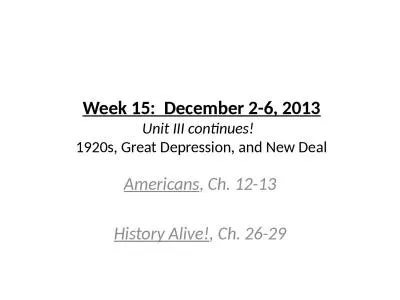PPT-Section 1: American Postwar Issues
Author : jane-oiler | Published Date : 2020-01-13
Section 1 American Postwar Issues The American public was exhausted from World War I Turned away from European problems to focus on ones back home tired of sacrificing
Presentation Embed Code
Download Presentation
Download Presentation The PPT/PDF document "Section 1: American Postwar Issues" is the property of its rightful owner. Permission is granted to download and print the materials on this website for personal, non-commercial use only, and to display it on your personal computer provided you do not modify the materials and that you retain all copyright notices contained in the materials. By downloading content from our website, you accept the terms of this agreement.
Section 1: American Postwar Issues: Transcript
Download Rules Of Document
"Section 1: American Postwar Issues"The content belongs to its owner. You may download and print it for personal use, without modification, and keep all copyright notices. By downloading, you agree to these terms.
Related Documents

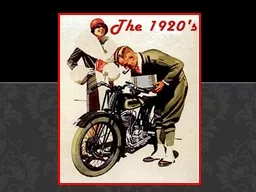
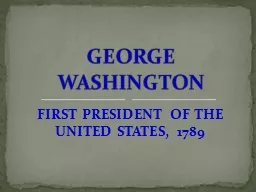
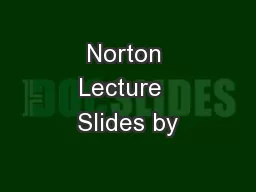
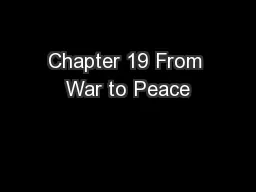
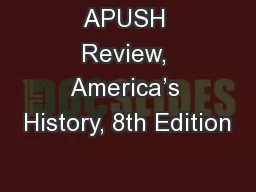
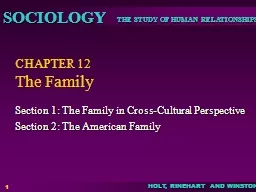
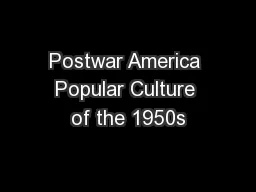
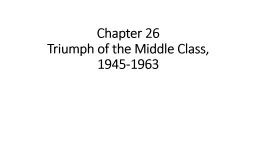
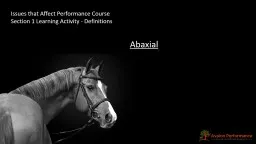
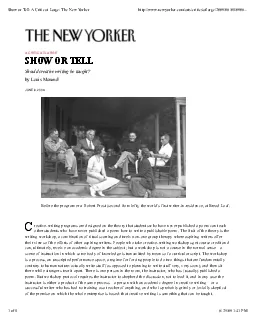
![[BOOK]-Politics at Work: How Companies Turn Their Workers into Lobbyists (Studies in Postwar](https://thumbs.docslides.com/955951/book-politics-at-work-how-companies-turn-their-workers-into-lobbyists-studies-in-postwar-american-political-development.jpg)
